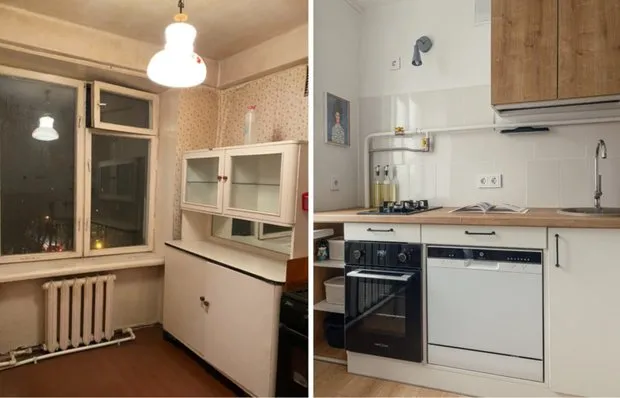There can be your advertisement
300x150
I Set One Simple Rule and Now I Get Twice as Much Done: How a Japanese Method Changed My Day
How to get rid of chaos in tasks and work more efficiently
Important! chronic time shortage and constant fatigue may be signs of serious health issues. Before changing your daily routine, consult a doctor.
As someone who for years tried to fit 25 hours into a day, I decided to conduct an experiment. The goal was to get more done without the constant feeling of exhaustion or rushing deadlines. I found a Japanese method, tried it... and it worked. Now I share how just one rule helped me stop being late, forget about working at night, and finally start getting enough sleep.
Key points from the article:
- The method doesn't require special skills;
- First results are visible within a week;
- No need to buy special planners;
- Works even if you're a night owl;
- Suitable for any schedule.
Why I decided to try it
Like many office workers, my day was filled with meetings, deadlines and a constant feeling that I wasn't keeping up. The to-do list only grew, time slipped away like sand, and work often stretched until midnight.
How the method works
The core principle of the Japanese Kaisaku method is surprisingly simple: there can only be three truly important tasks in a day. Everything else either waits or isn't as important as it seems.
What changed in the first week
- Clear understanding of priorities;
- Constant anxiety about unfinished tasks disappeared;
- Important tasks are now completed on time;
- Time for rest appeared;
- Sleep quality improved.
How it works in practice
Every morning I spend 10 minutes answering three questions:
- What are the three most important tasks today?
- When is the best time to do them?
- What can be postponed or delegated?

Unexpected discoveries
- The majority of 'urgent' tasks are actually not urgent;
- Many tasks solve themselves if you delay them;
- The quality of work is higher when you don't try to do everything at once;
- Colleagues start respecting your time;
- Energy for personal projects appears.
What to keep in mind
- Don't overcomplicate:
- No need for special apps;
- A simple notebook is enough;
- The rule works even with notes on your phone.
- Remember:
- Start small;
- Be consistent;
- Dont blame yourself for mistakes;
- Adapt the method to your needs.
Results after a month
- The workday ends on time;
- Free evenings appeared;
- Relationships with loved ones improved;
- The guilt about 'unfinished tasks' disappeared;
- Work efficiency increased.
Simple tips for beginners
- Start with one week of experimentation;
- Pick truly important tasks;
- Don't give in to the temptation of adding 'one more' important task;
- Maintain a simple results log.
Remember, any method requires adaptation. Don't be afraid to adjust the system to your needs while keeping the main principle — focus on what's most important.
What comes next
At first, it might be hard to choose only three important tasks. That's normal. Over time you'll learn how to clearly define priorities and realize that many tasks which seemed urgent can actually wait.
The key is not to give up on the method after initial difficulties. Give yourself time to adjust to this new approach, and results won't disappoint.
More articles:
 How to Organize Storage in a Small Apartment and Stop Tripping Over Things
How to Organize Storage in a Small Apartment and Stop Tripping Over Things 6 Cozy Ideas We Spotted in Irina Bezhukova's Country House
6 Cozy Ideas We Spotted in Irina Bezhukova's Country House How to Visually Raise Ceilings Without Renovation? Trick That Works Even in Khrushchyovka
How to Visually Raise Ceilings Without Renovation? Trick That Works Even in Khrushchyovka House 248 m² with panoramic windows, real fireplace and bathroom with forest view
House 248 m² with panoramic windows, real fireplace and bathroom with forest view Spring 2025 Trends in Interior Design: What Will Refresh Your Space
Spring 2025 Trends in Interior Design: What Will Refresh Your Space From Fresh Projects: 5 Bathrooms with Beautiful Finishing
From Fresh Projects: 5 Bathrooms with Beautiful Finishing Before and After: Budget Kitchen Redesign in a 44 m² Khrushchyovka
Before and After: Budget Kitchen Redesign in a 44 m² Khrushchyovka What to Check Before Buying an Apartment: Real-World Example with Experts
What to Check Before Buying an Apartment: Real-World Example with Experts